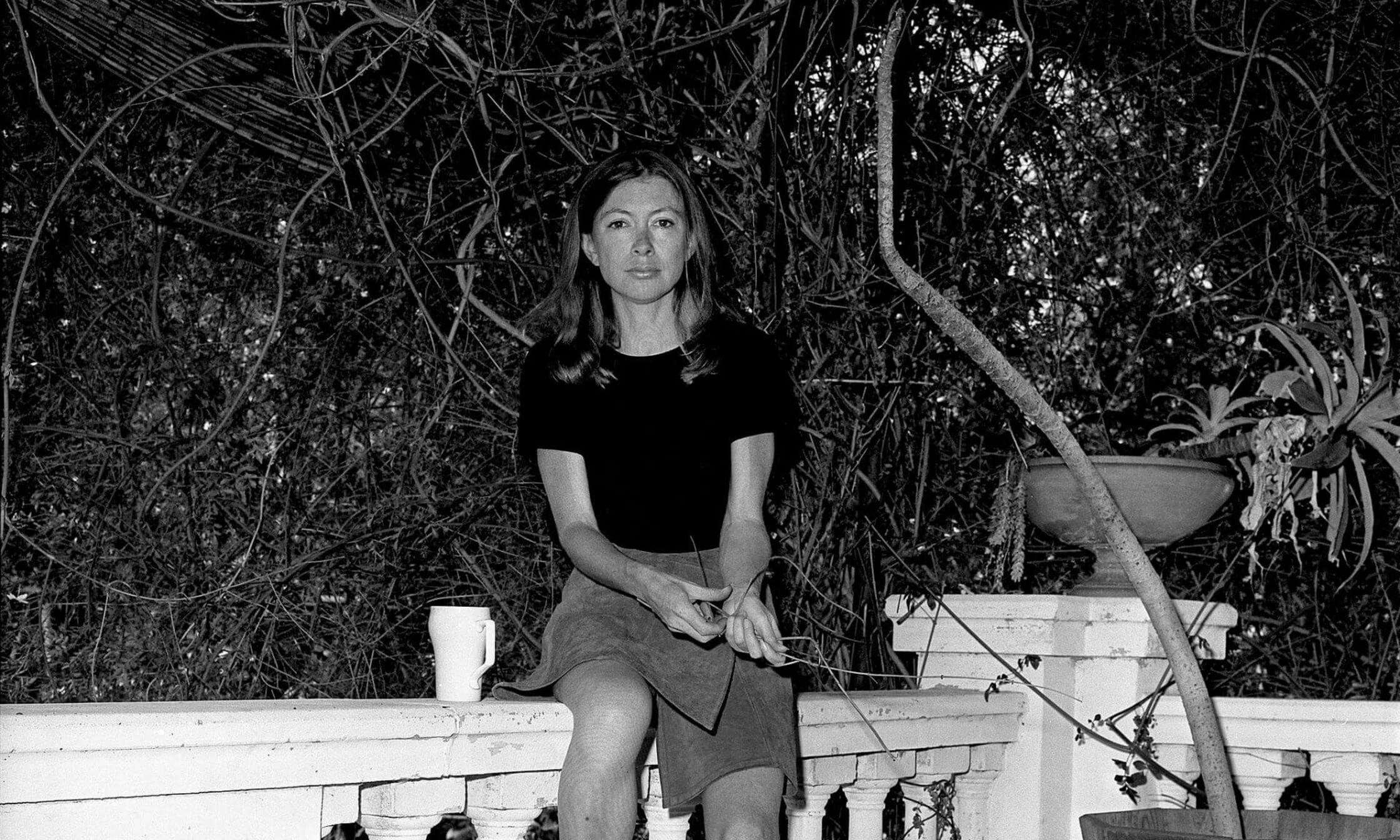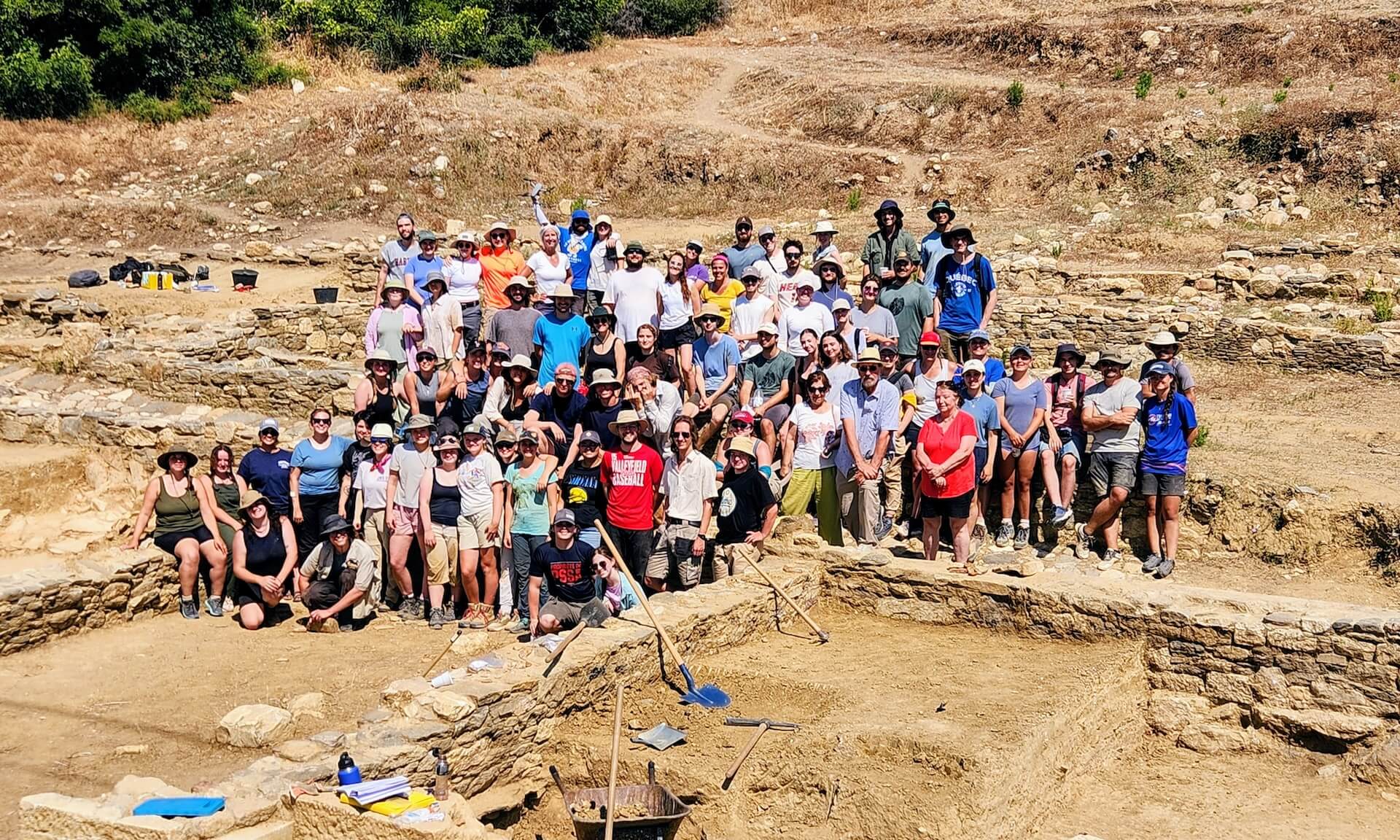In March 2025, the New York Public Library opened 336 boxes of American writer Joan Didion's archives to the public. The collection contained unpublished manuscripts, letters, photographs, notebooks, drafts, annotated contracts and more—a total of over 35 metres of documents tracing the life and works of the New Journalism pioneer, renowned for her distinctive voice and biting pen.
Clara Champagne, a PhD candidate in communications at Université de Montréal who is completing a dissertation on Didion under the supervision of Juliette De Maeyer, was the first researcher to see the archives. After two years on the waiting list, she took a leave of absence as deputy editor-in-chief of Nouveau Projet magazine and spent five weeks in New York poring over the material.
What Champagne found challenges Didion’s image as a bare-your-soul kind of writer. “Her ‘I’ wasn’t really her,” said Champagne. “It was a character she created through her texts.”






